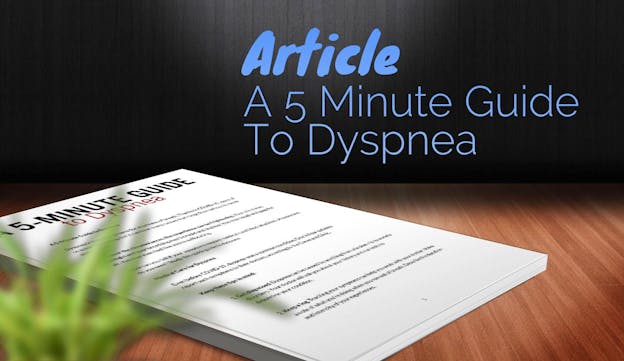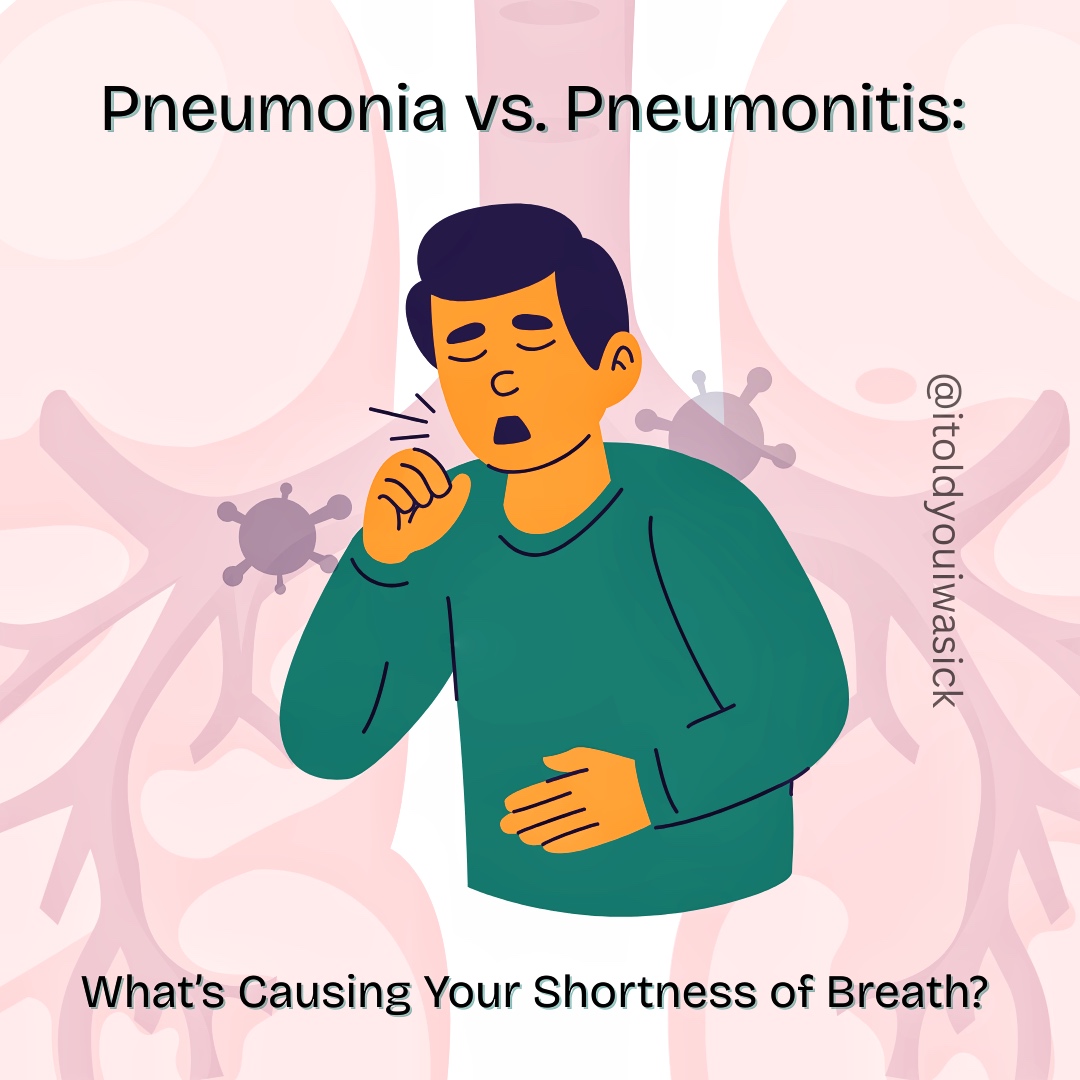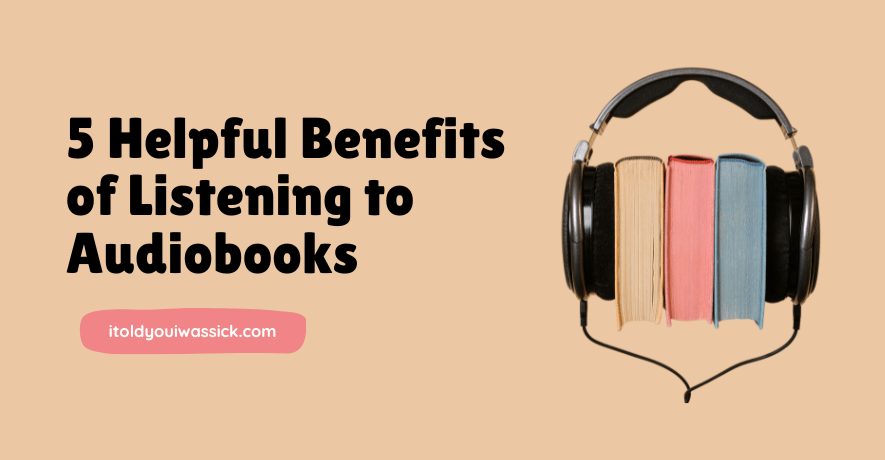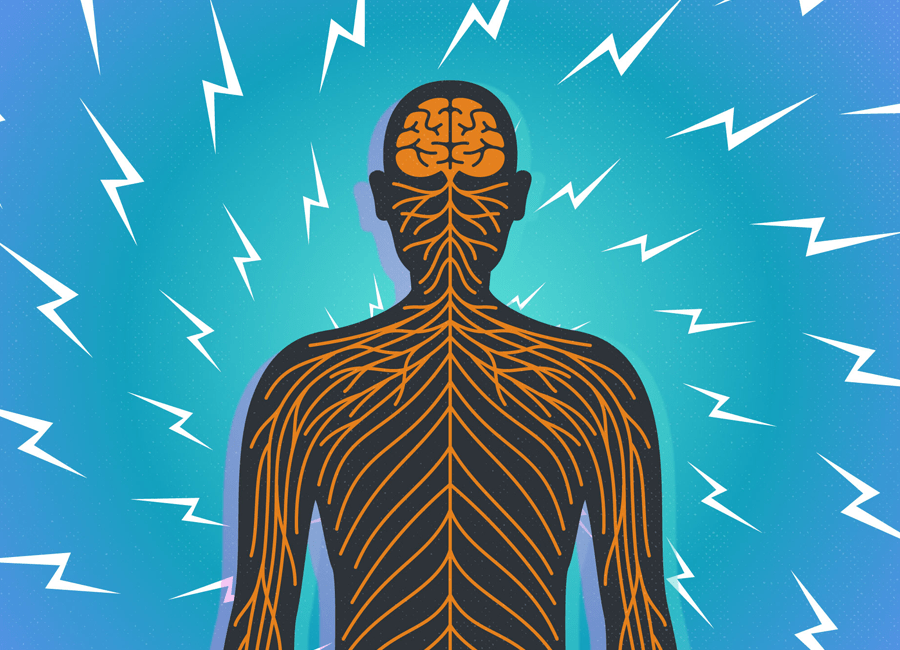
Dyspnea is the medical term for shortness of breath. Thanks to COVID-19, more of us know the feeling, but it can have many causes that range from serious to easily preventable.
Whatever the circumstances, the experience can be frightening. Your chest may feel tight and your breathing may be rapid and shallow. You may cough and gasp for air. You may even feel like you’re suffocating. How can you tell if your symptoms require medical care? And what kind of treatment do you need? Study this quick guide to dyspnea.
Medical Care for Dyspnea
Even before COVID-19, dyspnea was a common condition. One in four patients report such symptoms to their doctors, according to the Cleveland Clinic.
Keep these tips in mind:
- Get diagnosed. Dyspnea can be caused by anything from a broken rib to anxiety disorders. Your doctor will ask you about your history and run tests to determine your condition.
- Keep a log. Tracking your symptoms can help you work with your doctor. Make a note of what you’re doing when you run out of breath. Describe the duration and intensity of your experiences.
- Seek urgent care. Know when to call 911 or go to an emergency room. You need immediate attention if severe dyspnea occurs suddenly or you have additional symptoms such as chest pains and nausea.
- Manage chronic conditions. Dyspnea plays a role in many larger health issues, especially those that affect the heart and lungs. That includes asthma, congestive heart failure, chronic obstructive pulmonary disease (COPD), and pneumonia.
- Follow your doctor’s recommendations. The care you need will depend on what’s causing your breathing troubles. Your doctor may advise oxygen therapy or a variety of drugs, such as bronchodilators, that relax your airways when inhaled.
Self-Care for Dyspnea
Experiment with positive lifestyle changes that can protect your breathing.
These home remedies may provide partial relief even if you have a medical condition:
- Quit smoking. You’ll usually notice that you’re starting to breathe easier and cough less within a month of giving up tobacco. If you’re tried before, give yourself another chance to succeed.
- Lose weight. Excess pounds are another major risk factor. Cut back on refined carbohydrates and eat more vegetables and fruits.
- Avoid pollutants. Are you exposed to chemicals and dust at home or work? Buy an air filter. Wear protective gear during hazardous activities.
- Adjust your clothes. If your spandex leggings feel comfortable, you’re probably safe. On the other hand, garments that are too tight may restrict breathing and compress your nerves over time.
- Check the altitude. The oxygen content of your blood drops when you’re at high altitudes. Give your body time to get used to a new environment.
- Cool off. Extremely hot temperatures have a similar effect. You might find it easier to breathe if you keep a fan running near your head.
- Exercise safely. You’ve probably felt winded if you’ve run too fast or overdid it on the treadmill. Work your way up gradually. Avoid vigorous physical activities during the hottest hours of the day.
- Train your breath. You can teach your body to breathe more effectively. Take a class to learn different methods or borrow a book or video on the subject from your local library.
If you’re unsure what’s causing your dyspnea, talk with your doctor. You may discover that there’s a simple cure, or you may need to follow a treatment plan to help you breathe more comfortably.









